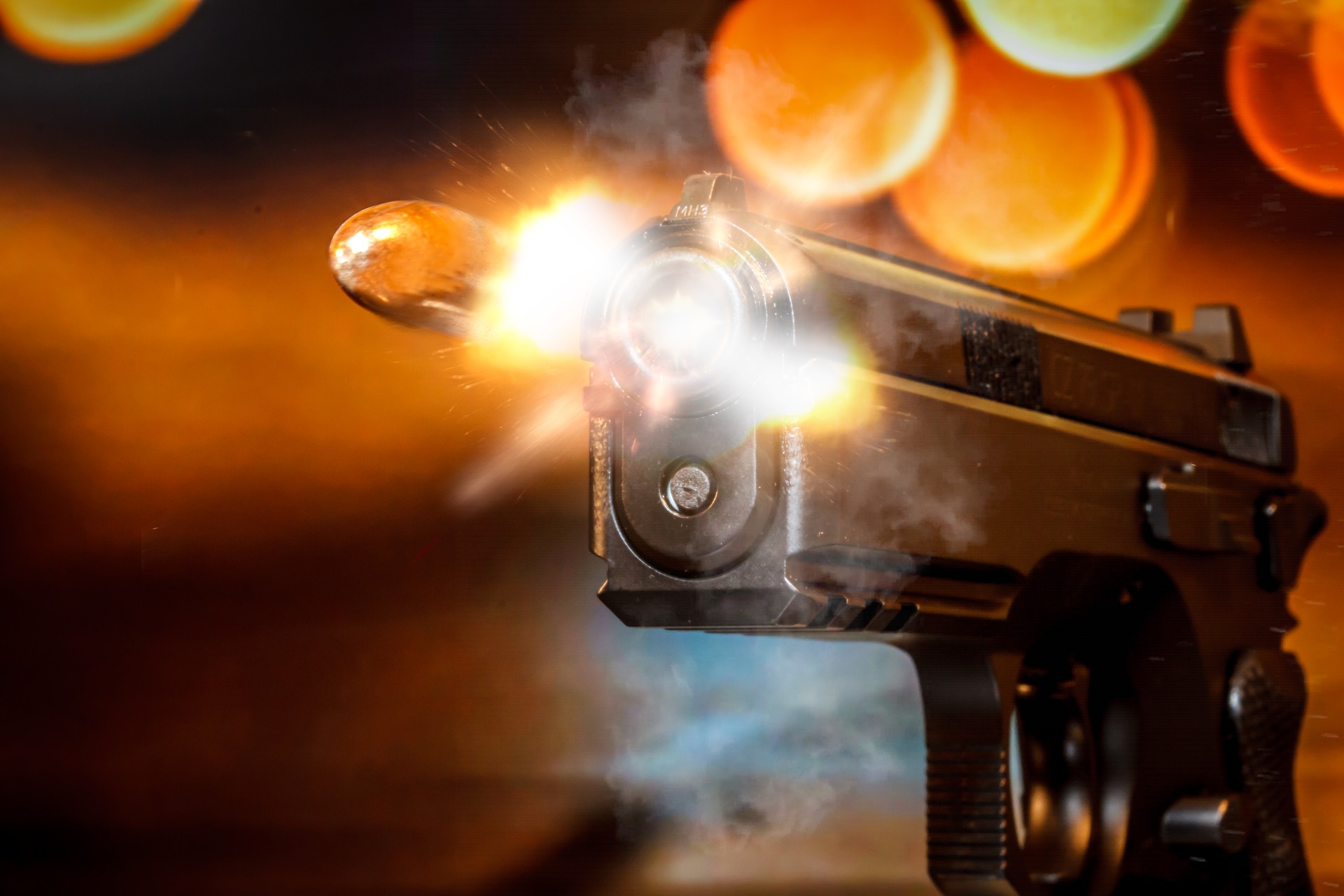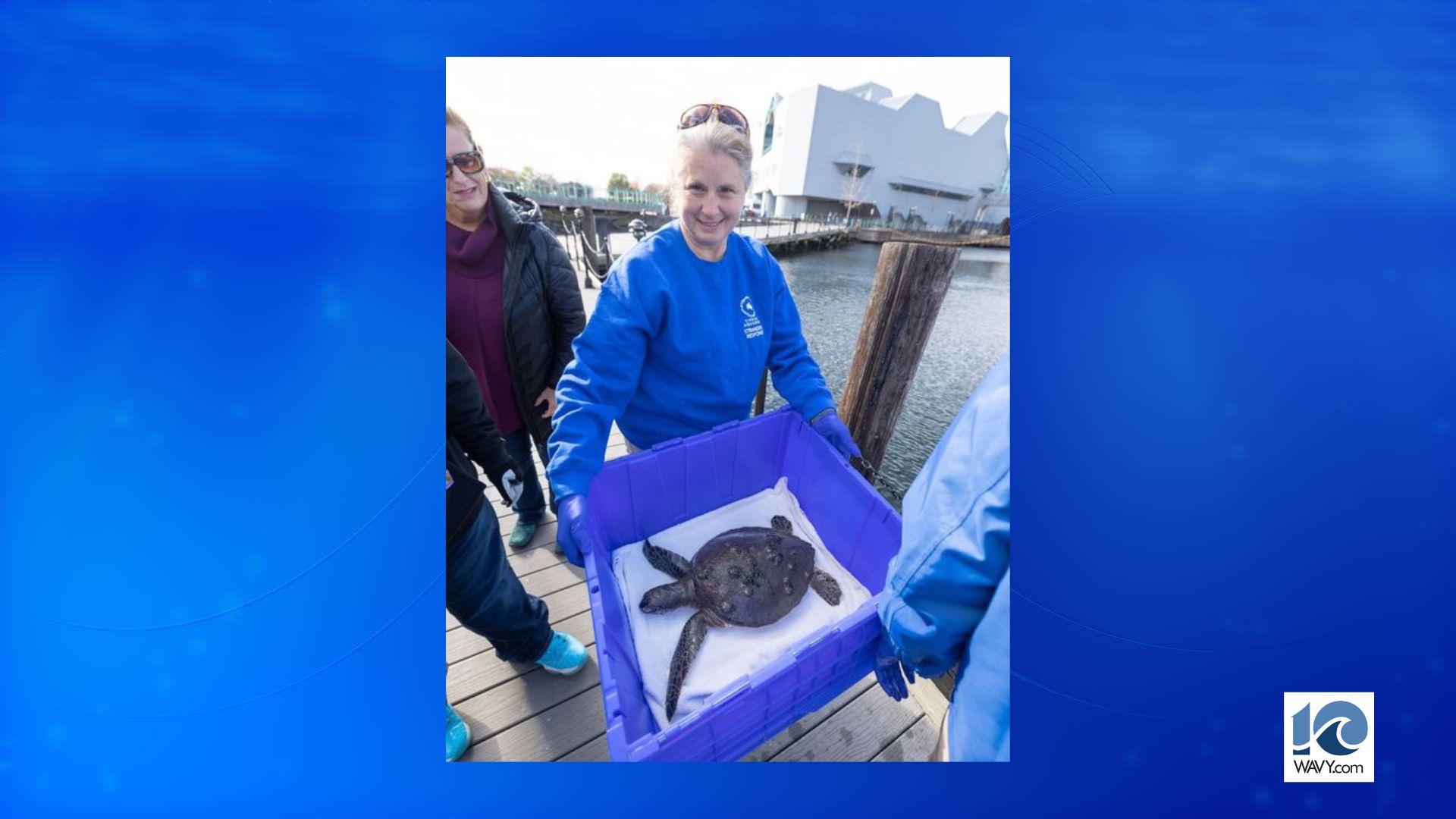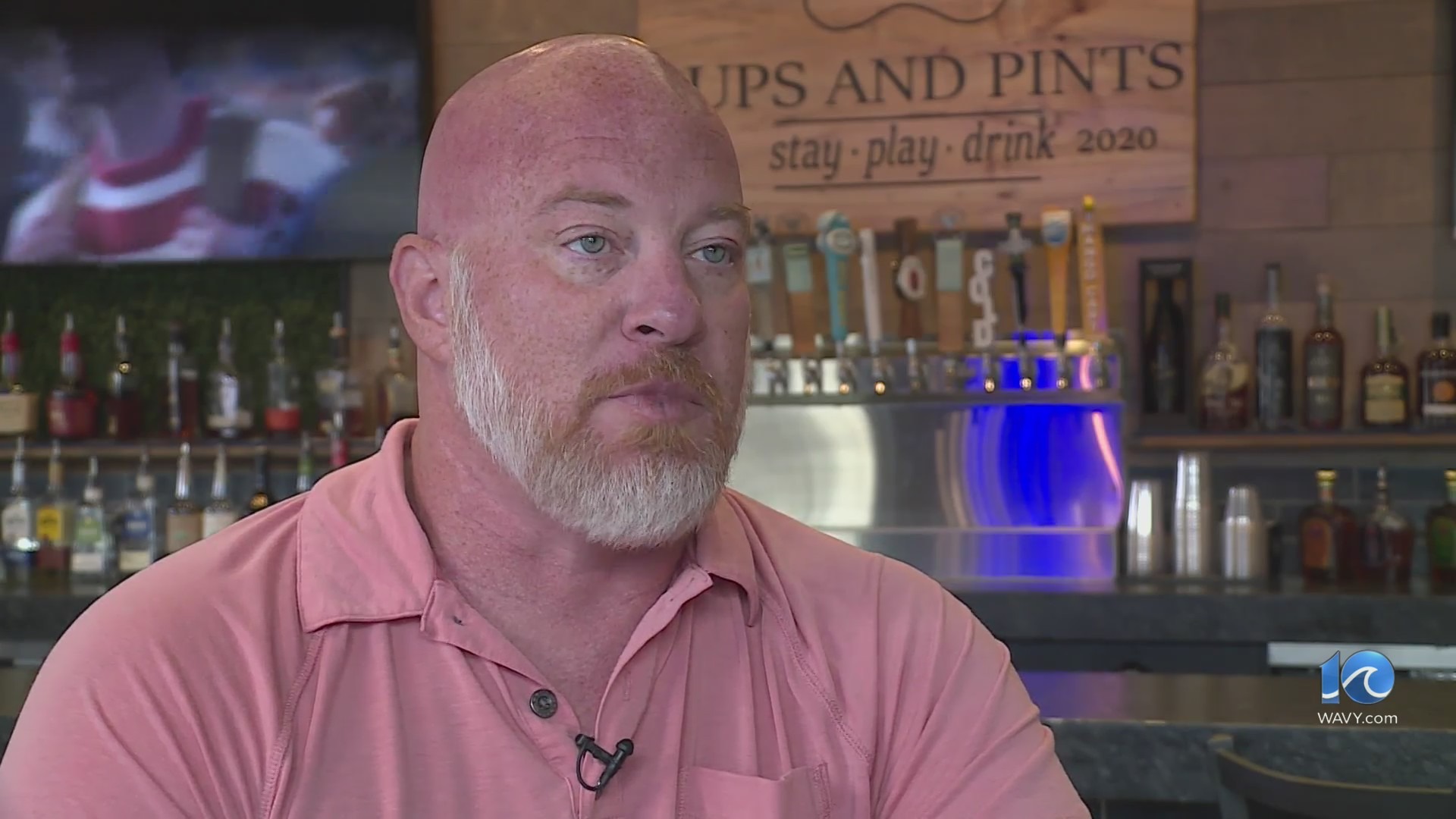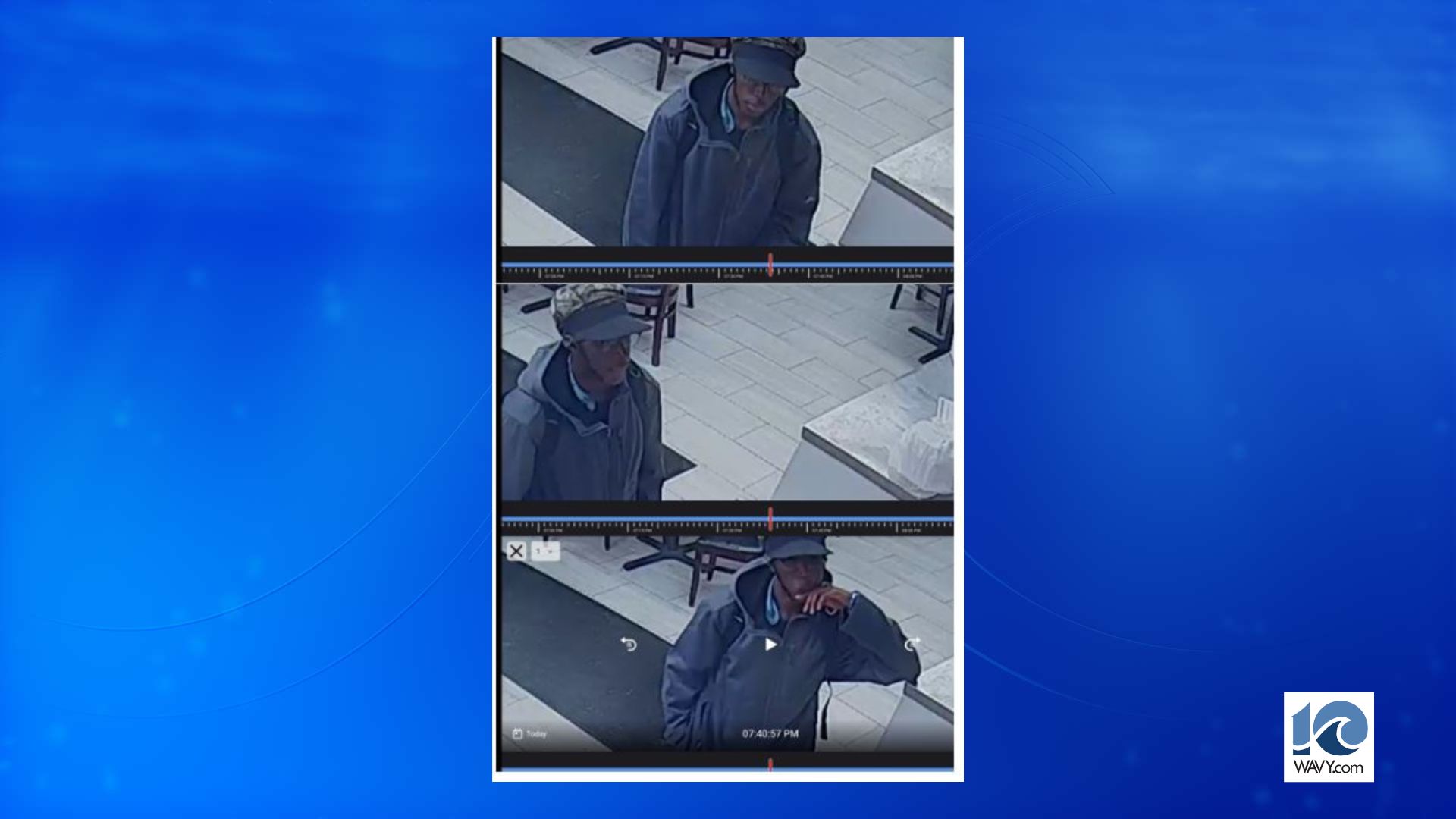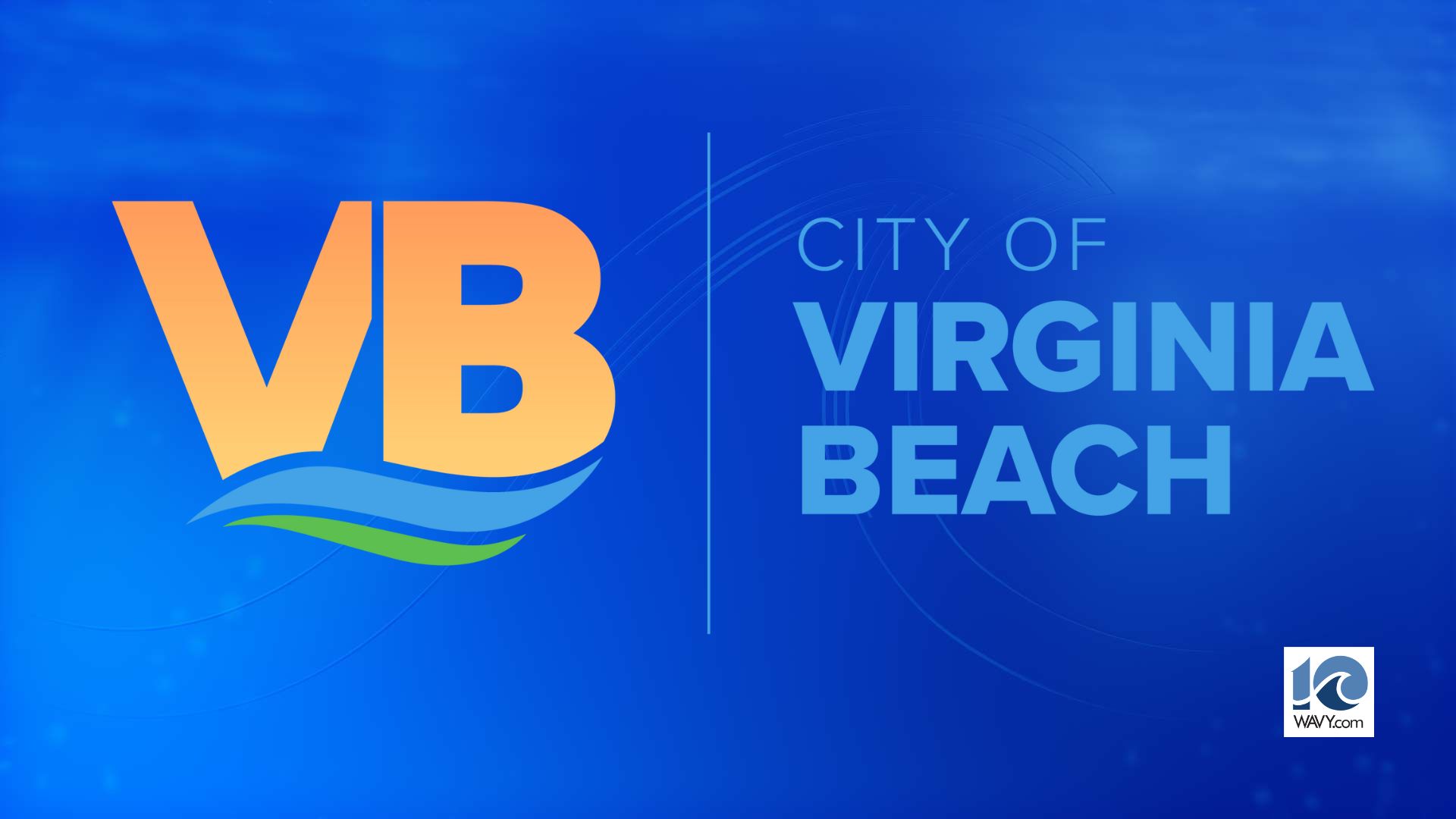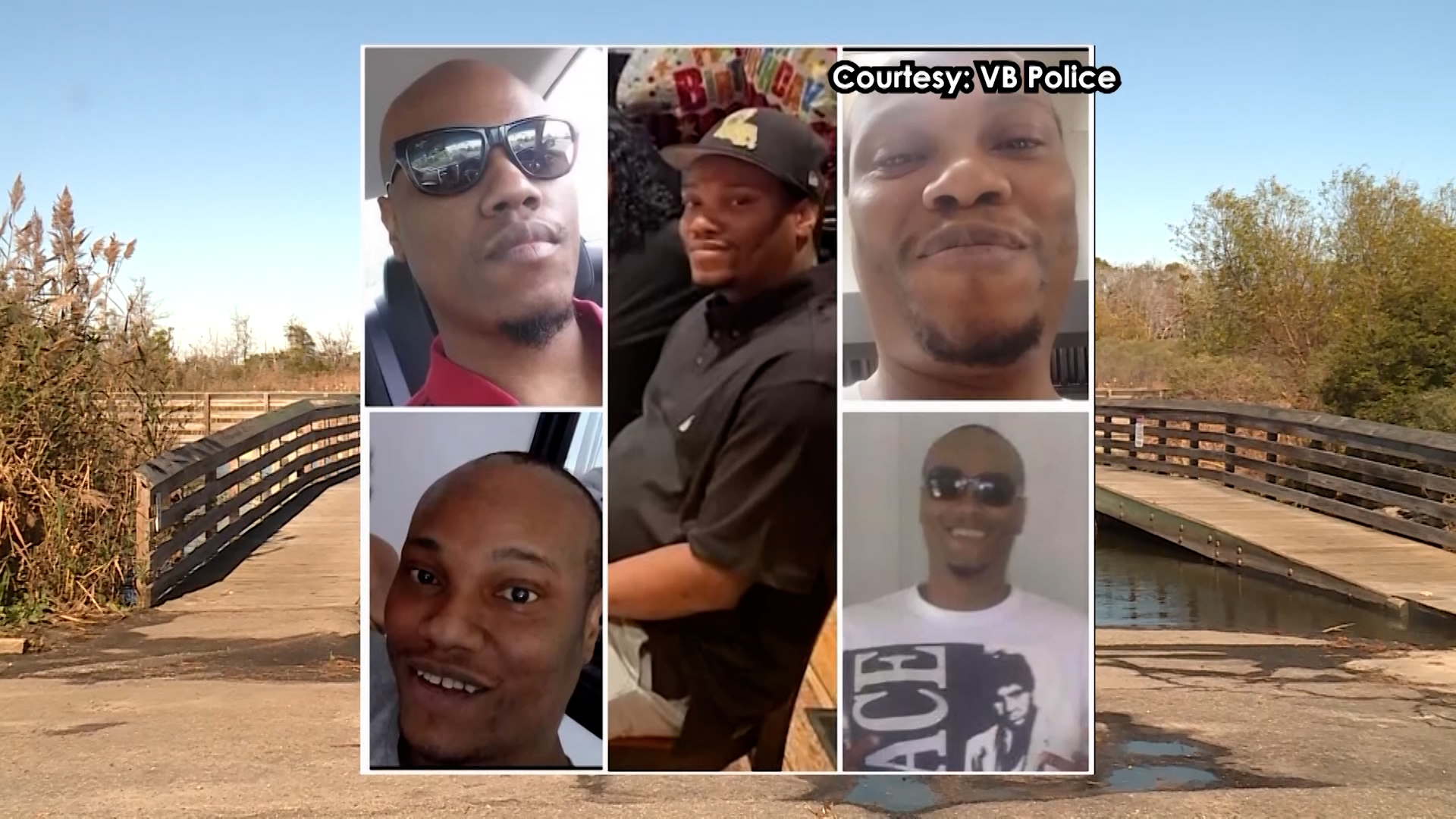VIRGINIA BEACH, Va. (WAVY) — There’s no more perfect time to talk about boating on Broad Bay in Virginia Beach than the week of July 4th.
Some boaters are concerned about unlit channel markers that have been plowed over by boaters, and we know the Coast Guard is concerned about it too. The problem is some channel markers are still not lit, and they remain as reminders of horrible crashes between steel and fiberglass.
Broad Bay Boaters insist the markers were hit because there were no navigational lights on them.
Virginia Beach resident Mike Standing knows all about navigating Broad Bay. “The aids to navigation that need to be lit, required to be lit, aren’t maintained by the Coast Guard.”
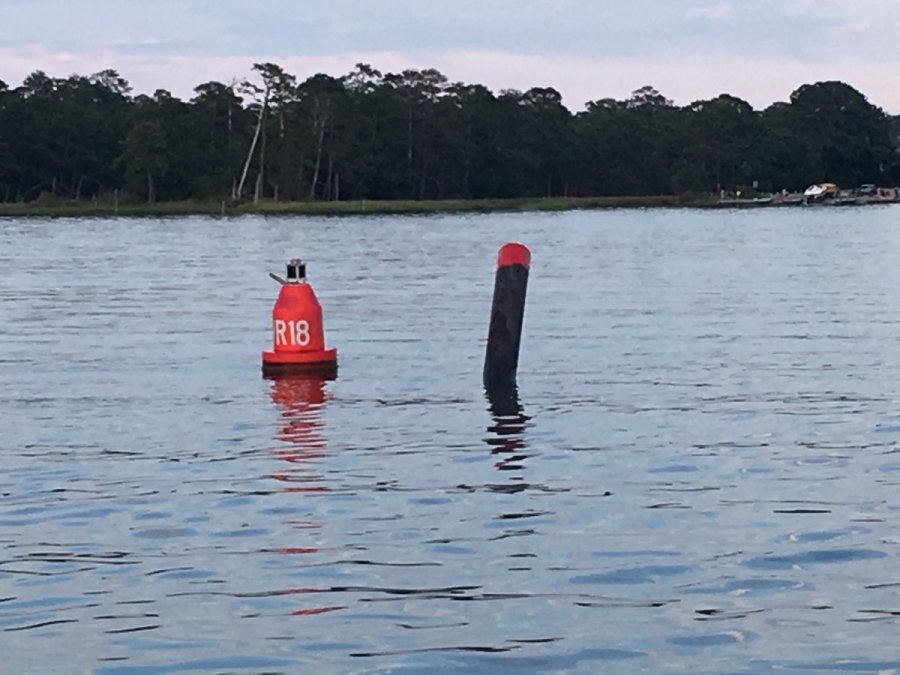
Standing says this is what happens when an unlit steel channel marker gets plowed by a boat. “Look at that piling down here and to my knowledge this one has been hit twice. It doesn’t have a light on it, so people don’t see it, and they hit it.”
“I’ll tell you this, it scared the crap out of me,” says one boater who spoke to us. He did not want to be identified, but 10 years ago he hit the same red channel marker that remains at 35 degrees in Broad Bay. He hit it with his 39-foot Hatteras, causing $10,000-$12,000 of damage. “It made a big boom noise. I scraped it … having a light on it would have helped.”
10 On Your Side also spoke with another boater who has lots of concerns about channel markers.
“There are a lot of inconsistencies of the markers being marked by lighting and others not being marked by lighting.” He doesn’t want to be identified either, but his boat hit the red channel marker tool.
Three teenagers were injured, rescued from the boat, and taken to the hospital. “When they hit it, it was left at an angle in the water. Within a few months we noticed it was hit again, it was further down, and then a few months later we saw it again knocked even further, and then many months later they put in a floating red buoy next to it.”
The United States Coast Guard refused any interview, but sent us an email admitting they cannot remove these markers due to dredging issues.
It reads in part: “Navigation of Long Creek, Broad Bay, The Narrows and Linkhorn Bay require extreme caution due to shifting shoals and tidal currents. Current conditions allow small Coast Guard trailerable aids to navigation boats to access the area, but larger construction tenders, capable of repairing aid to navigation structures such as day beacons and lights, are unable to safely navigate.”
That is not what Standing wanted to hear. “The Coast Guard needs to get on the ball and get these things lit up.”
The Coast Guard email failed to discuss lights on channel markers, but did state: “The U.S. Army Corps of Engineers is currently managing dredging in these areas and is scheduled to be completed by the Fall of 2019. Upon completion of the dredging, a U.S. Army Corps asset will remove the Coast Guard’s aging fixed structures, and the Coast Guard intends to replace the structures with buoys, which can be readily serviced with smaller boats. This proposal is currently being advertised in the Local Notice to Mariners, and interested mariners and stakeholders are strongly encouraged to comment. The proposal has been running for four weeks, and the Coast Guard has received no public comments to date … The Coast Guard always recommends boaters operate at safe speed for nighttime operations, the type of waterway and conditions. Gear such as charts, GPS, utilizing a spotlight and a lookout are all ways boaters can exercise caution and accuracy while navigating a body of water in the night hours. Boater should also always carry a form of communication such as a VHF radio to contact the Coast Guard or first responders in the event of an emergency.”
What about the green channel marker sticking out of the water at 35 degrees? It’s been down as long as Standing can remember. “The Coast Guard acknowledges damage to lights can be dangerous to navigation, so why wouldn’t we have lights on everything?”

These collisions with unlit channel markers take place at night, so we waited until Broad Bay was draped in darkness to see the real issues. It’s clear the Coast Guard has responded to some complaints because the knocked down channel markers have temporary buoys with lights on them next to the channel markers
We found Red Marker 4 with a blinking light. “But I will tell you this one was not working, but now it is, and we are in perfect conditions, so imagine if it is raining and blowing.”
A temporary buoy is lit and making a difference. “When I came by here a few months ago that was not lit, and I almost hit it,” Standing said.
But as we move into Broad Bay, we find two channel markers, and neither is lit. With another pair, the marker on the right is lit, but the one on the left is not. “It is imperative that we have lights on our channel markers, and that they are consistent with it and they are maintained.”
Standing also says complicating an unlit channel marker are blinding lights from homeowners. “It is inconsiderate, but they may not realize the lights on the end of the docks are blinding … The white blinding light impairs the vision, impairs the vision of boaters, and can cause serious accidents.”
The Coast Guard says it does not regulate lighting on personal property, but will consider it when designing the aids to navigation system in a body of water.
Although the Coast Guard would not do an interview, we were sent many links for all the issues reported in this story, including their manuals about navigation:
Coast Guard Aids to Navigation Manual – Administration https://media.defense.gov/2017/Mar/29/2001724016/-1/-1/0/CIM_16500_7A.PDF
Coast Guard Aids to Navigation Manual – Technical https://media.defense.gov/2018/Jul/10/2001940729/-1/-1/0/CIM_16500_3A.PDF
The Coast Guard wants to hear from you:
Boaters who would like to notify the Coast Guard of damaged or malfunctioning aids in the region may contact Coast Guard Sector Hampton Roads at (757) 483-8567 or visit https://www.navcen.uscg.gov/?pageName=atonOutageReport. For anyone who would like to request a change made to aids in a waterway, they should contact CGD5Waterways@uscg.mil.


